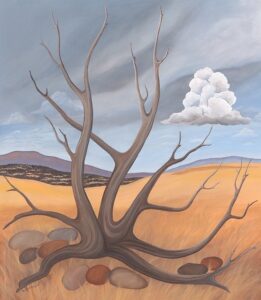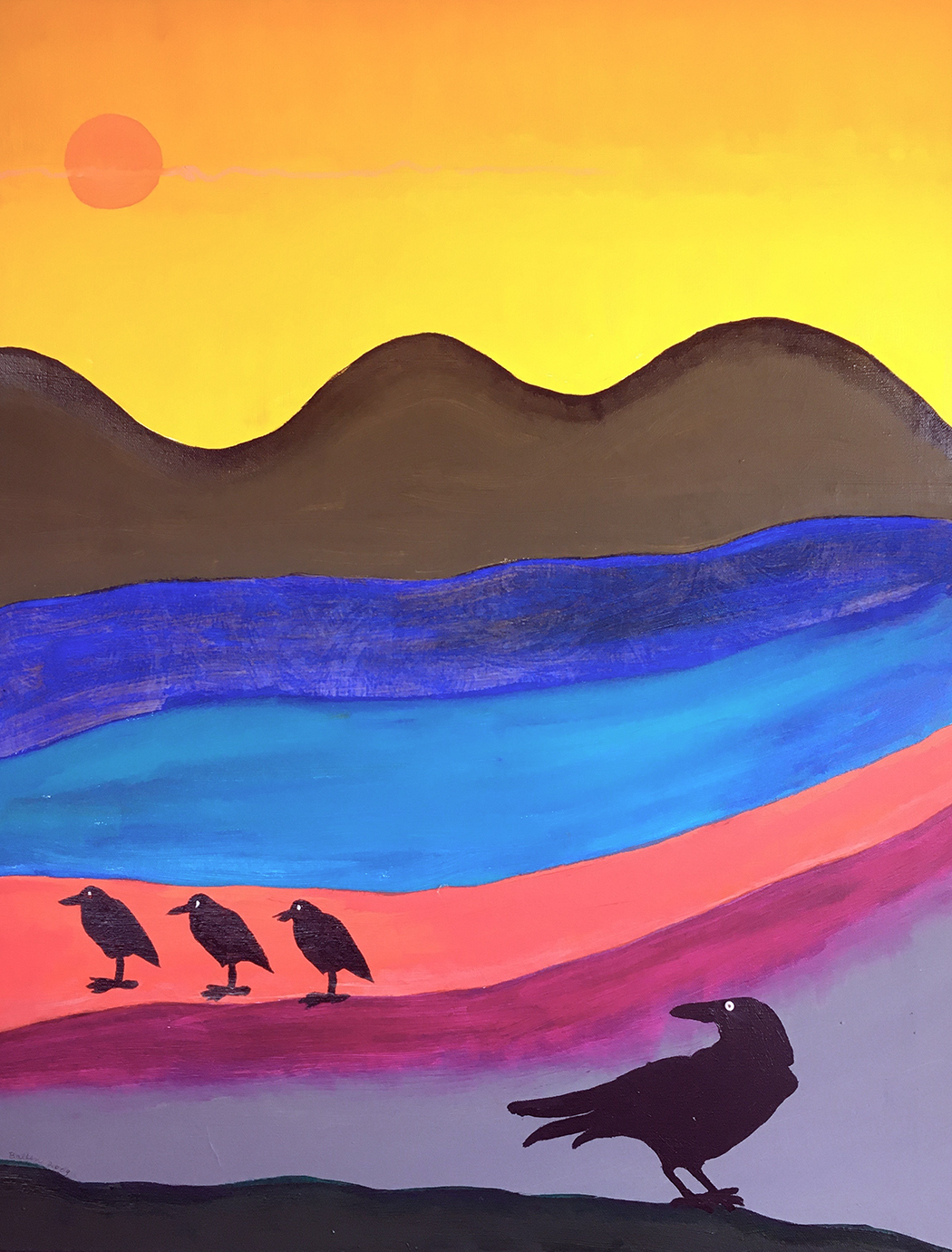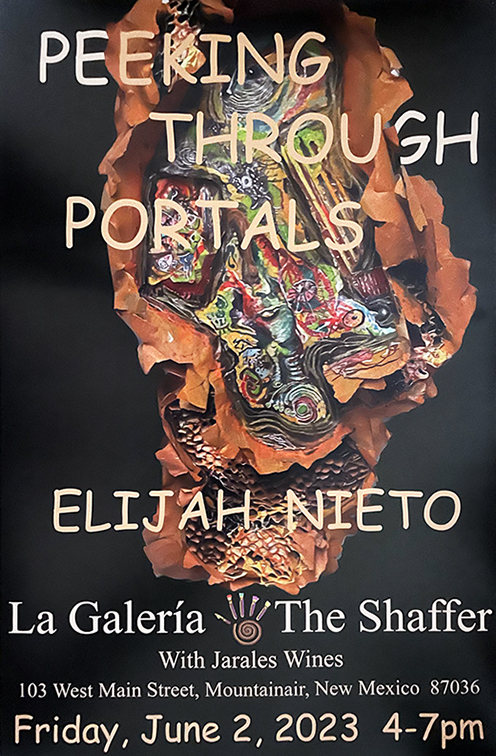Meet Our Artists!
All our artists live and work in New Mexico. We are all
New Mexico True Certified Artists.
Rebecca Anthony
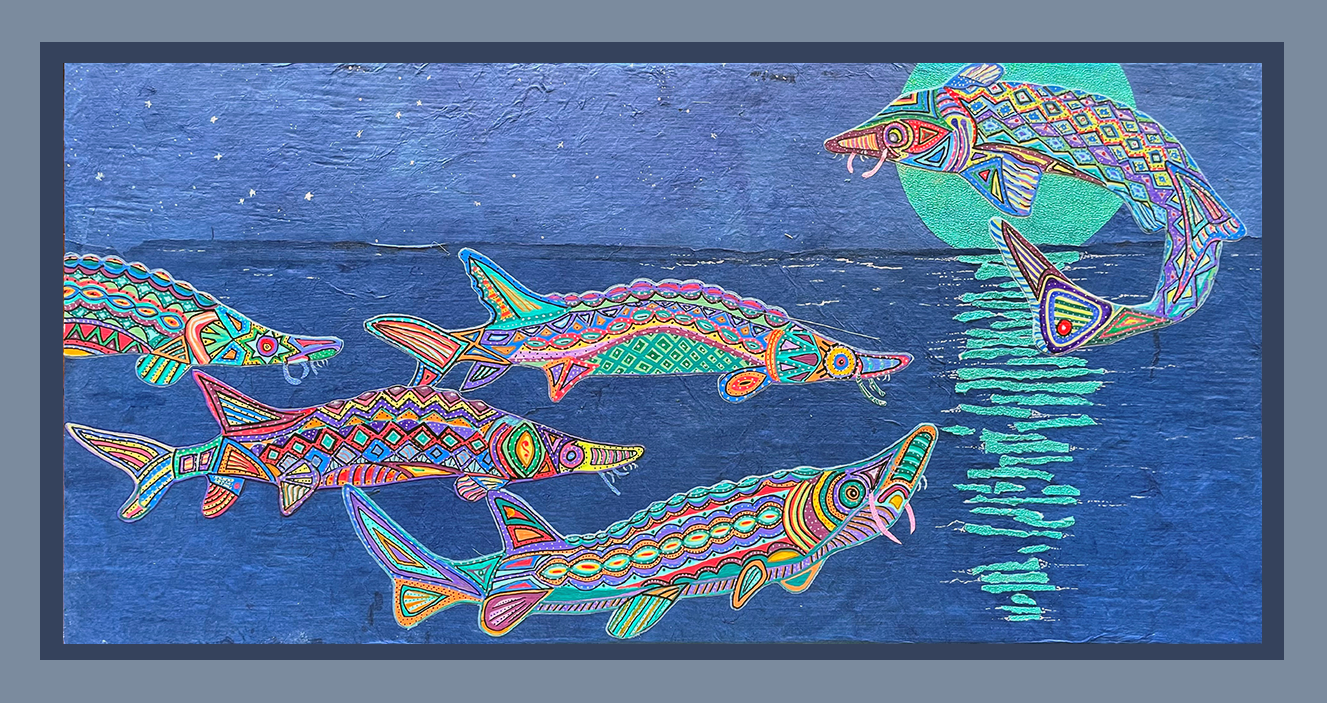
Rebecca Anthony creatively and lovingly captures the essence of New Mexico. Its culture, flora and fauna and history are revealed through a technique called Paper Collage. Her work is flush with examples of the beauty of slot canyons, arroyos, mesas, clouds, languages, people and the boundless skies in Central New Mexico. Rebecca is a Certified New Mexico True artist and lives in Mountainair.
Click on the link below to view Rebecca’s wide variety of artwork.
Linda Marie
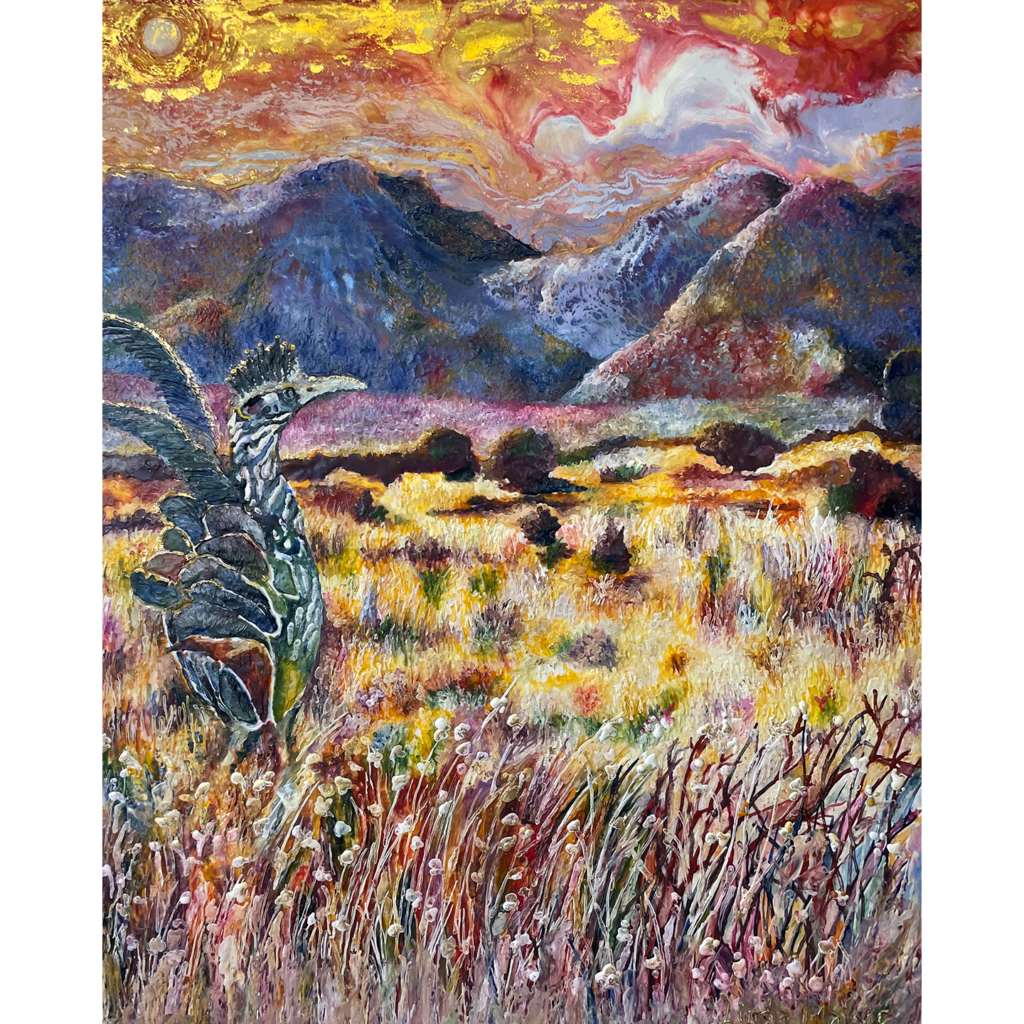
Linda Marie paints in watercolor, oil and recently she uses encaustic. Her favorite subject is people; indigenous, local folk, family and friends. The above paintings is Encaustic, which is painting with molten bees wax and damar varnish.
Click on the link below to see Linda Marie’s extensive work.
Dianne Doan
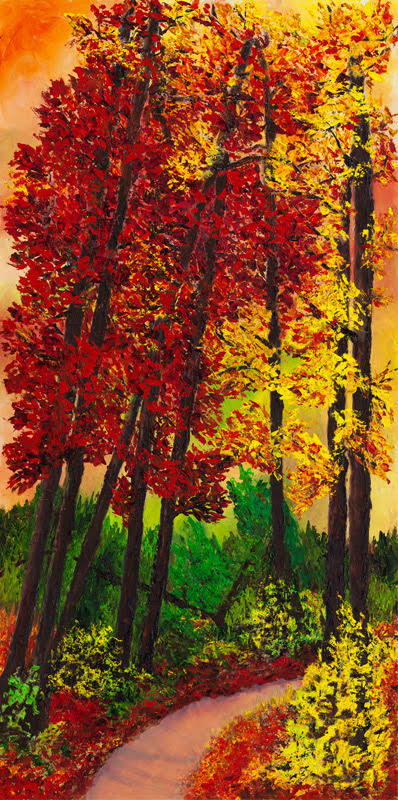
“For the beauty of the Earth, for the glory of the skies…” Dianne blends her joy of color and joy of nature in her landscape and floral watercolors and oil paintings. She considers herself an expressionist and prefers working with the richer, deeper, more vibrant hues. Using them on her canvases in a way that honors the Earth. Dianne’s love of color is obvious in her art and it, along with her unique interpretation of the natural world have become her “signature” in her creative process.
Click on the link below to see Dianne’s Extensive collection.
Ray Darnell

Ray is true to his motto: “Be creative in all that you do.” Ray experiments with various media and currently works to apply the watery effect of watercolor to his oil paintings. In his 2-D representational art, Ray’s strength is capturing natural movement in the human form. He enjoys the technical challenge of drawing and painting the female figure and fells he has a lot to learn to achieve mastery of the subject. However, when he “gets it right, it’s very gratifying.”
Click on the link below to see Ray’s artwork.
GAYLE VAN HORN

Gayle Van Horn began his art career apprenticing as a teenager with Carl Von Hassler, a highly respected and sought-after Albuquerque artist (born in Germany, in 1887 he immigrated to New Mexico and died in 1969.) Having learned from Von Hassler the trompe l’oeil technique, a way to fool the eye into believing that architectural elements are present when they actually are not, and after studying with Emilie von Auw (1901-1984; teacher at UNM in the 1940s) Van Horn became a sought- after artist in his own right. He worked with architects to update aging buildings and painted murals in public and private buildings around the state. Among others, Fort Stanton natatorium, Oñate High School in Las Cruces, and the Creamland Dairy building in Albuquerque all have felt the deft touch of Van Horn’s brush. Located at 500 Broadway Boulevard SE, the Creamland Dairy building is, perhaps, his most-viewed and well known public mural. The entire building, which takes up a full city block, is painted with Van Horn’s mural. While the façade looks as though it is built with brick and huge glass picture windows, the industrial building is actually made of metal and cinder block.
Perhaps the lesser-known of Van Horn’s larger works are the recreated panels that decorate the ceiling of the historic Shaffer Hotel Café in Mountainair. For many years the Shaffer Hotel and Café stood empty and a few of the original hand-painted ceiling panels incurred water damage. These prominent panels, painted in the earlier decades of the 1900s and installed by Pop Shaffer, are part of the reason the hotel was placed on the National Historic Register and is a main visitor attraction.
By restoring the ceiling to its original splendor, replicating Shaffer’s original design, Gayle Van Horn helped maintain the original artistic vision and interpretation that the founder had created. The restoration was done with such precision, most visitors don’t realize that the ceiling had ever been damaged.
From 1999 through 2003, Van Horn kept art studios in Mountainair. His first was located directly across from the Shaffer Hotel and the second, was, again, directly across from the hotel on Highway 55. He was an integral part of the arts community in those days, helping launch the still existing Manzano Mountain Art Council.
In March, as restrictions around COVID-19 began lifting, Van Horn took a drive from his home in Albuquerque to visit his old stomping grounds in Mountainair.
He stopped into the Shaffer Hotel and introduced himself to the new owner, Ed von Kutzleben. Van Horn shared photos of some of his current and earlier work and discussed his personal history with the town and the hotel.
After a lively conversation, von Kutzleben suggested that the artist visit La Galería @ The Shaffer and introduce himself to Linda Marie Carroll and Rebecca Anthony, the owners of the retail establishment attached to the hotel.
They were preparing for a watercolor show in early April and Van Horn’s work would be a great fit, he thought. After seeing photos featuring the steam locomotive #2926 at various historic New Mexico train depots and listening to his story, it didn’t take long before the owners of La Galería @ The Shaffer invited Van Horn to join their watercolor show.
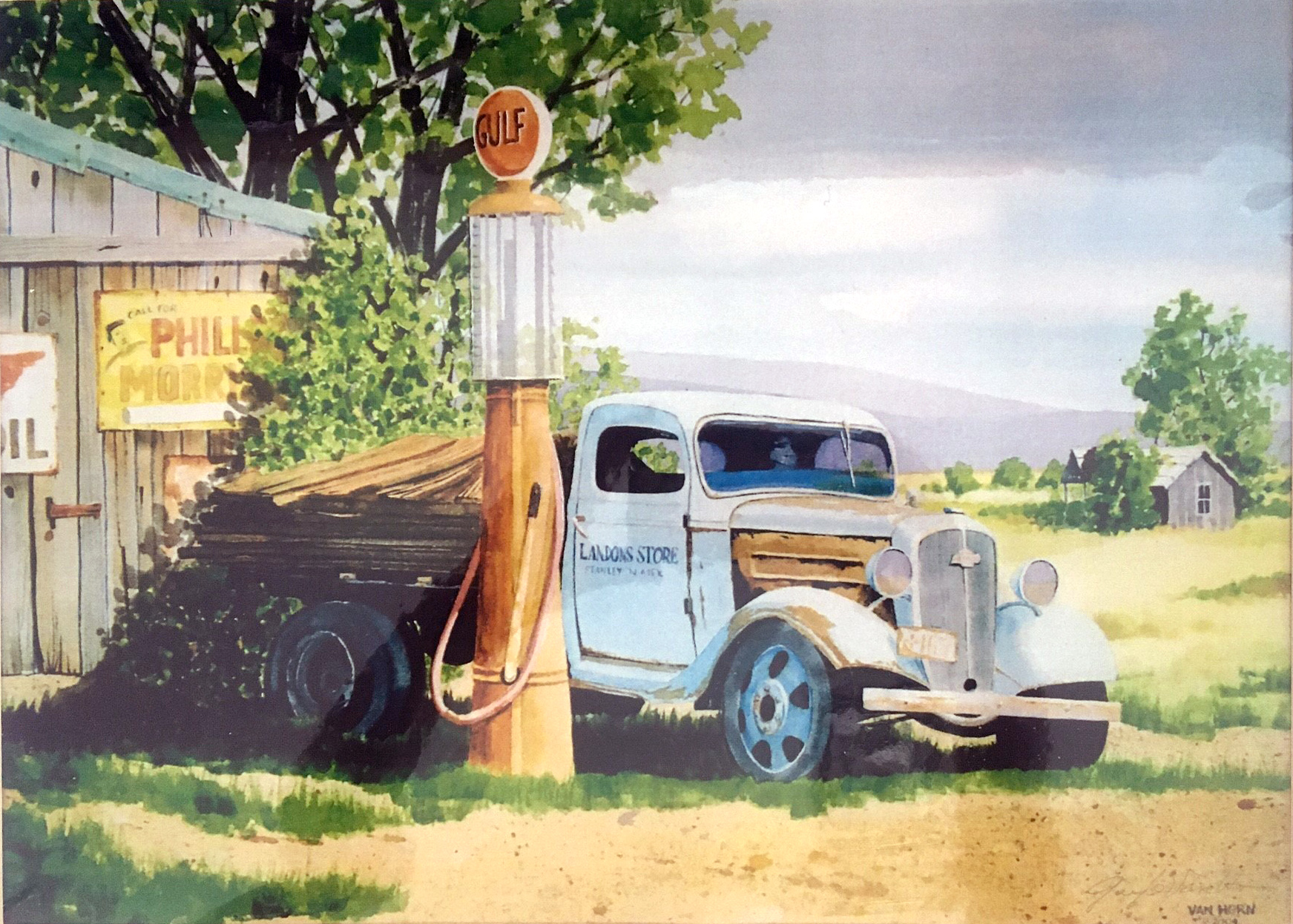
ANNE MARIE WERNER-SMITH
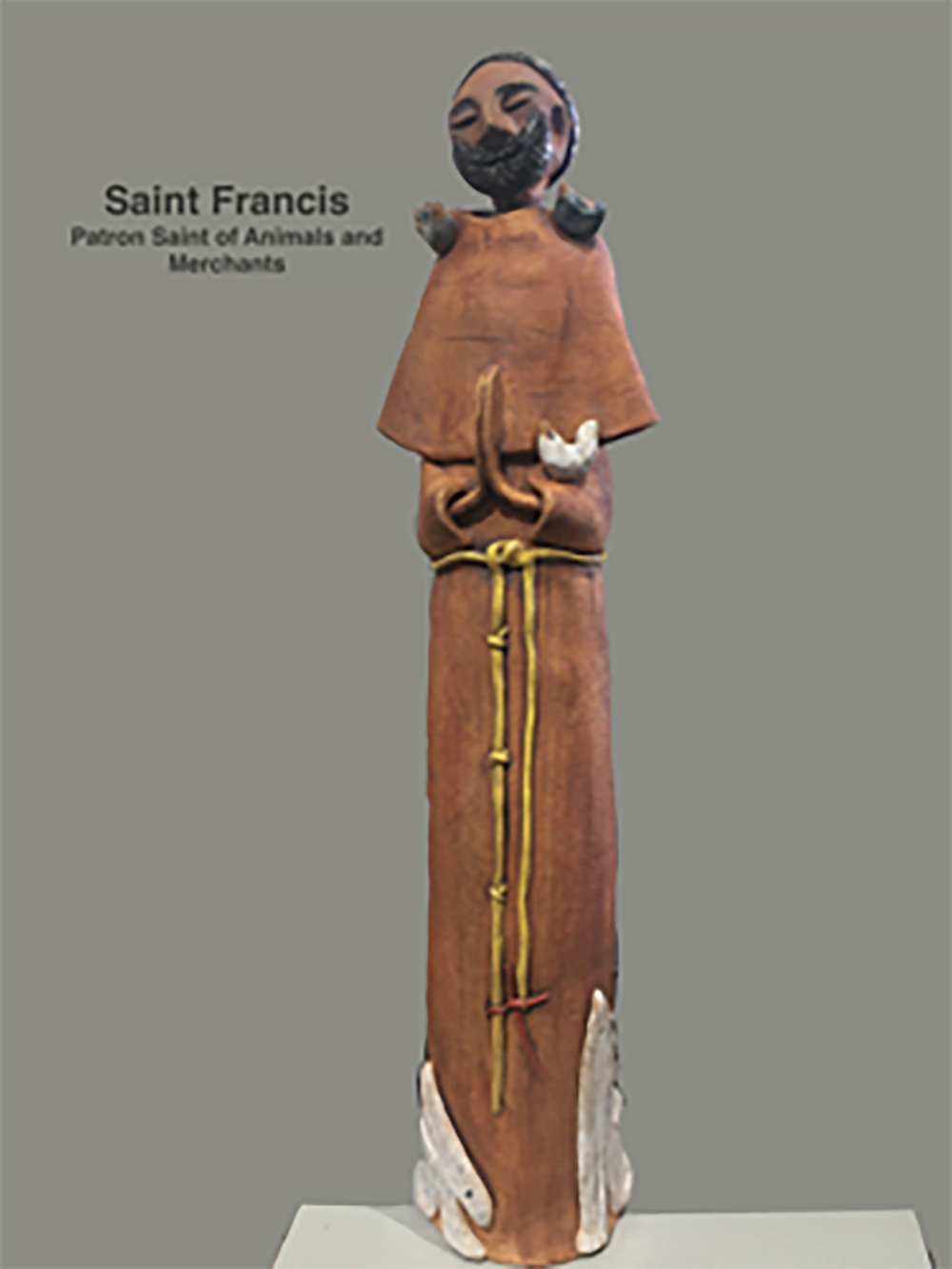
Ann Marie recently had an art opening featuring “Saints of the Rio Grande” These saints, pictured above. are also in our on-line store.
The Saints or Santos, reflect the more conservative thinking of the Catholic Church in the 1600’s when New Mexico was inhabited by the Spanish in search for gold. When their search for a treasure was not fruitful, the Church felt that the true treasure was obtaining more souls for the Catholic Church, hence the conversion of many of the indigenous people in New Mexico to Catholicism. Many of the Pueblos along the Rio Grande were named for a saint, such as Santo Domingo or Saint Dominic, the founder of the Dominican order. That Pueblo today is also known as the Tewa Pueblo.
All of Anne Marie’s saints are made from clay: stoneware or terracotta. They are high fired between cone 5 and 6 and are weather resistant. They can hold up well to a garden environment in New Mexico. The average height is about 12″.
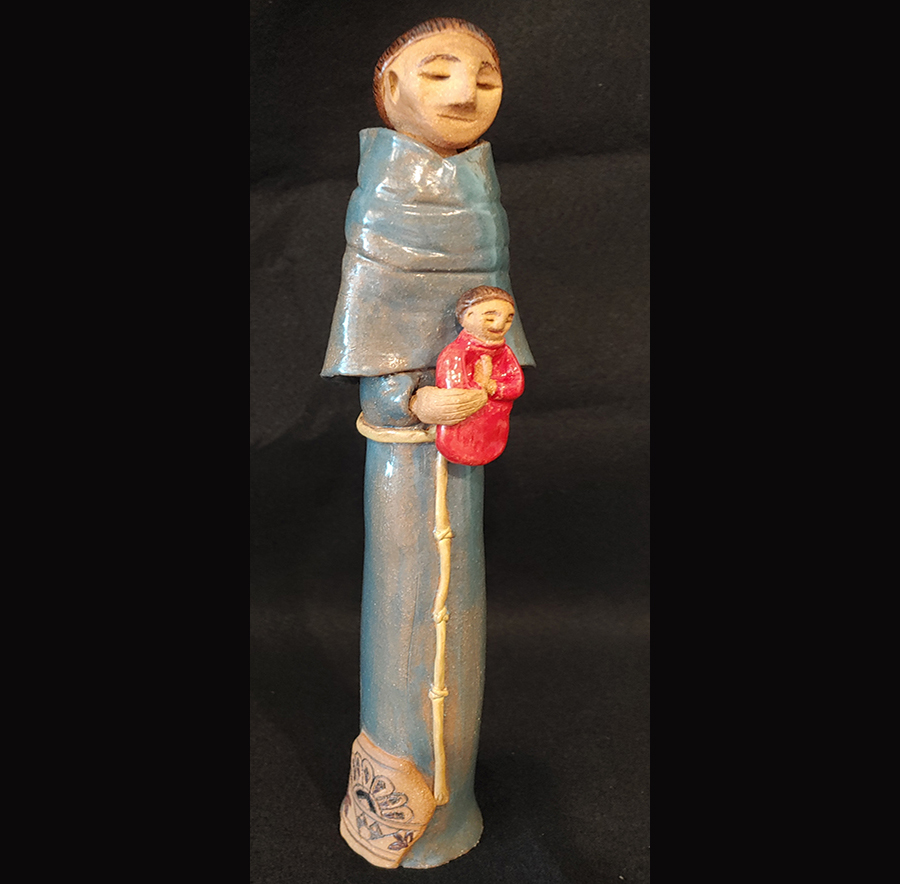
KAREN DRESSLER ARGEANAS
Protectors of the Sacred
by Karen Dressler Argeanas, Created for the Department of the Interior as part of their “Art in the Office” program.
Protectors of the Sacred was painted by Karen Dressler Argeanas as part of the Artist in Residence program with Salinas Pueblo Missions National Monument in New Mexico. The painting depicts the Mission San Gregorio de Abo with an unexcavated mound in the foreground. The focus on the mound is to recognize and honor the long history of the Pueblo prior to the Spanish mission. Three shards in the foreground depict distinct styles of pottery found at Abo and represent different time periods of the site from the twelfth through the seventeenth century. Karen was also inspired by the birds, animals, and vegetation present at Abo. Included amongst the stones of the Pueblo is the burrow of a chipmunk or ground squirrel, as small animals that burrow through the mounds understand the secrets that the mounds hold as they travel between the surface world and the world below. The plant on the left side of the mound is four wing saltbush which held an important role to the Pueblo people as a food source, medicine, and dye.
The title, Protector of the Sacred, is a reminder that this site is sacred. Salinas Pueblo National Monument at Abo is the home of our Pueblo ancestors, it is a burial site, and it is a church. We all share a role as protectors. The staff and rangers for the National Park Service are protectors. The Department of the Interior staff share the role of protectors. Visitors who learn the history and respect the site also share the role of protectors. The horned toad in the painting represents the role of protector. The horned toad is traditionally recognized as a protector in beliefs of many Pueblos, as well as other tribes of the southwest.
RUTHIE BALLEN
Unbeknownst to many Mountainair residents, She moved to Mountainair in 2004 and has become an iconic figure here among the townspeople. Ruthie, as she is affectionately called by many who know her, has been painting with oils for 15 years. She says that she does not paint all the time and takes breaks from it, but she is always thinking about painting. “I look at the world like a painter now. I think, often wondering, ‘how can I paint that?’” she explained.
“Down the Rabbit Hole with Ruthie Ballen” will open on December 4 from 4-7PM. Black’s Smuggler Winery will be serving their wares in the lobby so you can buy a glass of wine and have it while perusing the gallery or dining at The Shaffer Café. Ruthie Ballen will be available throughout the evening to answer questions and spread her joy as will many of the other artist who show their art at La Galería @ The Shaffer. Ms. Ballen’s artwork will hang through February 2022 but her sequined pillows and furniture may turn into pumpkins well before that so come soon to get the full effect.
Immerse yourself in the visual labyrinth of
Carlsbad Artist, ELIJAH NIETO
“Having thoughts of transcendence, while thinking of desert blooms pushing through an explosion of
swords, hauntingly illuminated by the glow of full moon light. I want to awaken the spirit of creativity
within anyone and everyone who would seek it out. ..
I use an assortment of mixed media techniques, executing my gestures in a reactive manor, producing
imagery that is recognizable yet surreal. This result combines ruptured or exploded surfaces constructed with various recycled materials bound in paper mache
to produce a “portal” that peers into the collective subconscious. What you see there may change you
and that is the work I strive for.”
